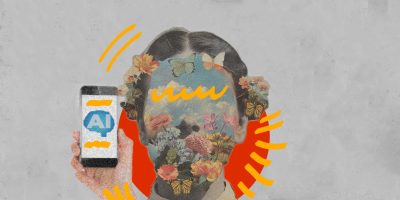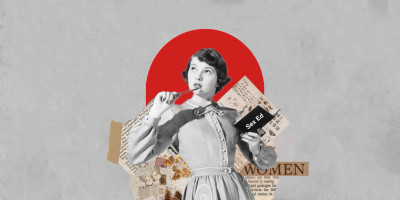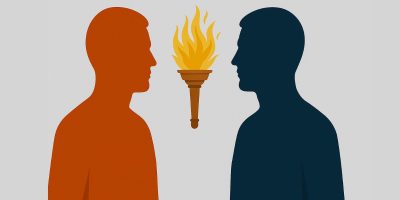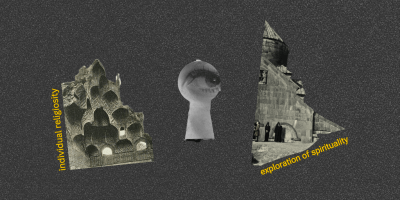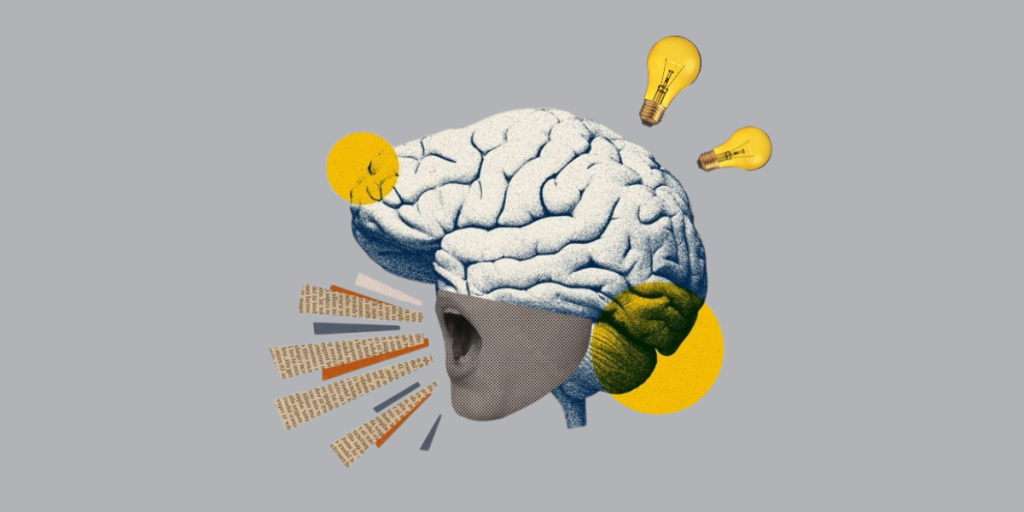
The Age of Enlightenment is a General Education course at AUA, which provides an insight into the intellectual and artistic development of the Classical period by analyzing music, philosophy, art and historical events.
The course is taught by Araks Shahinyan, a writer, musicologist, and adjunct lecturer specializing in the history of fine arts, music of the Baroque Era and the Age of Enlightenment.
Philosopher Immanuel Kant in his essay An Answer to the Question: What is Enlightenment? brought up the quote “Sapere aude!” (Dare to know) and reminded that enlightenment emerges when individuals get rid of self-imposed immaturity and dare to think freely and critically.
The course engages students in examining deep questions regarding higher education, obtaining critical thinking and thinking outside the box. Through this course, students learn to challenge diverse ideas, as well as become intellectually and emotionally mature in both academic and personal pursuits.
The topics of the course are highly intertwined with contemporary issues. Only by learning about past events, students can challenge and question ideas regarding universal rights, gender inequality and other issues, as well as acquire critical thinking to address issues in modern society.
Diana Tigranyan, an EC senior student, says, “After taking the course, I have started to understand why life is the way it is and how some ideas changed over time. The course opened many new horizons in an intellectual way and it shapes you as a human being.”
Assigned readings and texts on autonomy, equality and other topics resonate with modern issues including gender rights, marginalized communities and other problems that are still lying deep in society. Going through the readings, such as Olympe de Gouges’s Declarations of the Rights of Women and Female Citizen helps students to learn more about historical gender problems at that time and connect them with today’s societal issues. Additionally, analyzing Immanuel Kant’s Observation on the Feeling of the Beautiful and Sublime, students obtain the tools to understand the intersection between philosophy and art.
In the course, students have a valuable opportunity to explore music from the Classical period and compare it with Baroque music. Critical listening and analyzing the musical pieces strengthen students’ ability to perceive music and cultural literacy intersecting with history. Furthermore, students study Rococo art, which is not simply knowledge about artworks but contains transformative power to notice details, patiently analyze the interconnections between art and history and come to certain conclusions about this style.
EC senior student Ani Harutyunyan, says, “I was a person completely uninterested in art, however, after this course, I came to the conclusion that art is one of the most important elements in the academic sphere. I learned that it is not just something to look/listen to and admire, but something that makes me think critically.”
The structure of the course is very effective as assignments are distributed properly throughout the semester which allows students not to feel overwhelmed. Each assignment and discussion provides students with a strong foundation of knowledge and experience. The instructor includes various assignments, including in-class reports and small quizzes that help students develop an understanding of historical and artistic events throughout the Age of Enlightenment and their development, critically study different excerpts from books or musical pieces, as well as challenge and compare/contrast their knowledge of the given materials considering cultural, political and historical developments starting from the past to this day.
For me, one of the best small tasks was watching the movie Buddha Collapsed out of Shame (2007), which helped me take a look at the equality of education for both genders and appreciate the ability to come to university every day and learn something new. Moreover, creative assignments, including Simulation Game: The Manifesto and Creative Presentations assignments help students formulate arguments and points based on interpreted materials discussed in class, be it visual art or music.
The Age of Enlightenment course can be and is inspiring for students who are looking to open new doors to their personal and academic enhancement. Each text, each discussion and each experience within the course adds more layers to the foundation of knowledge and understanding of the topics in the Baroque, Classical eras and those of the 21st century.
As another philosopher and mathematician from the Age of Enlightenment, Nicolas de Condorcet wrote, “We must have the courage to examine everything, to discuss everything, even to teach everything.” This invaluable course shapes students with critical thinking, an appreciation of true beauty and lifelong learning.
